
Vos Joins Greensea IQ
Greensea IQ, a provider of intelligent ocean solutions and the creator of the OPENSEA operating system, appointed Jeff Vos as the Business Development Manager for Integrated Systems. Vos brings a wealth of experience and expertise in the marine industry, having worked in ocean robotics for the past five years, most recently at Oceantobics, Inc.Vos will be based out of Greensea IQ's San Diego office, where he will focus on driving sales and building strategic partnerships. His primary responsibility will be to promote and enhance the market presence of Greensea IQ's Bayonet autonomous underwater
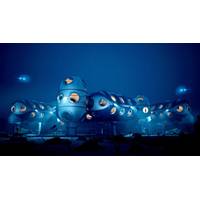
DEEP's #OccupyMare is about Persistent Human Presence Subsea
missions and in different locations over the course of their operating lives. "The Sentinel platform is not a product, it is a system, comprising the Sentinel habitat itself, of course, but also the next generation of DEEP submersibles, suits and a holistic training and safety operating system developed and delivered through the DEEP Institute at our Campus" said Steve Etherton, President (EMEA). "It represents a first step in building a robust organization to enable deeper understanding of the ocean. NASA is not a rocket manufacturer, and likewise DEEP is not only
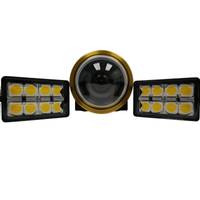
Voyis Launches Advanced Vision System for Subsea ROVs
has the potential to enable autonomous capabilities on newer robotic platforms, like manipulator automation or station keeping without seabed bottom-lock.Both product versions come integrated with Nova Mini lights, as well as direct support of DDS (Data Distribution Service) and ROS2 (Robot Operating System). Chris Gilson, CEO of Voyis: "Voyis continues to lead innovation that enhances capability in underwater exploration and inspection applications. The Discovery Vision Systems represent a significant leap forward in the performance of ROV vision systems, delivering simultaneous
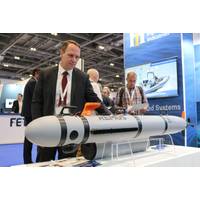
AUV Extravaganza: Tech Advances in Autonomous Underwater Vehicles
hull-design vehicle is designed for work at up to 5 knots down to 300 m, with modular battery options allowing up to 10, 20 or 30 hours endurance. It has iXblue Phins C3 INS, Teledyne DVL and acoustic LBL aiding for navigation, plus side scan sonar, with a raft of optional payloads.It has a common operating system for interoperability with all other REMUS vehicles and an open-architecture and modularity to enable easy integration of hardware and software, with optional development kits to enable third-party integration, said Duane Fotheringham, president of the Unmanned Systems business group in HII&rsquo
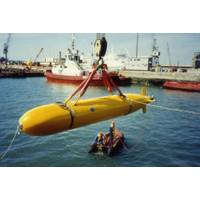
Subsea Vehicles: Diving into the Autosub Program
and is also a replacement for the under-ice capability of the Autosub 3.” And then there is Autosub Hover 1 (AH1), which has re-package the modular technologies of Autosub 5, into a hover capable vehicle, says Furlong.For all these new vehicles, NOC has moved over to using the robot operating system (ROS) in its control architecture. “We’re also running our own web-based command and control system,” says Furlong. “It doesn’t just control these vehicles, it also controls our glider fleet, so it’s the one control system to rule them all. The goal
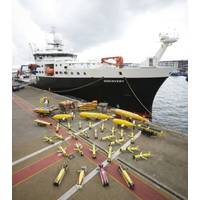
NOC: Advancing Autonomous Underwater Vehicles
on now? What are the key technologies, enablers, and drivers that will help make autonomous vessels even more integral to your operations?Weirdly, everything’s a software problem now. So we are building the control systems, which sit in the vehicle, we're using something called a robot operating system as our primary platform. The key thing for us is to build, effectively, a ‘front seat.’ We run a ‘front seat, back seat’ paradigm, and the easiest way of thinking about this is that the ‘front seat’ is the bit that we control. It's like the taxi: you have
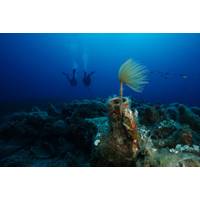
Meet NOUS: An Underwater ‘Artificial Mind’
the abiotic environment, underwater lights for night observations, lasers, infra-red cameras, etc.The computer communicates via an Ethernet network with the other devices in the system, for transferring images and measurements (ie. electrical quality, speed and network status, etc.). It has a Linux operating system which allow to add applications, change settings remotely and secure access via ssh protocol. The computer has a custom electronic circuit designed for voltage and current measurements, both on the power line and on other consumers (wiper, lights, etc.).The camera, lens and electronic parts

Blueye Robotics Debuts New ROV
Blueye Robotics launches the X3, its third Blueye ROV model. Three Guest Ports open up possibilities for connecting external peripherals such as sonars, manipulators, sensors, cameras and lights. Tight integration with Blueye's user-upgradeable Blunux operating system is designed to make the X3 future-proof and easy-to-use."The X3 will allow us to plug in additional equipment and sensors. I think that is the main advantage of this new model - it's not just a camera unit but can be used as a sensorcarrying platform," said Jørgen Berge, Professor, Dept. Arctic and
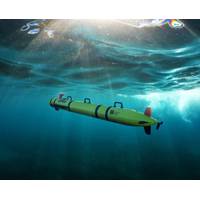
REMUS 300 Unmanned Underwater Vehicle Launched
structure and sensors. We’re excited to offer this solution to customers who are looking to dive deeper and go longer with a flexible, man-portable system.”Built on the REMUS Technology Platform, the REMUS 300 has compact and efficient core electronics, advanced autonomy and a common operating system that allows for interoperability with the entire REMUS family of systems, the manufacturer said. Its open architecture design and modularity enable integration of the latest hardware and software, with an optional hardware development kit and software development kit to enable third-party integration



 February 2024
February 2024





